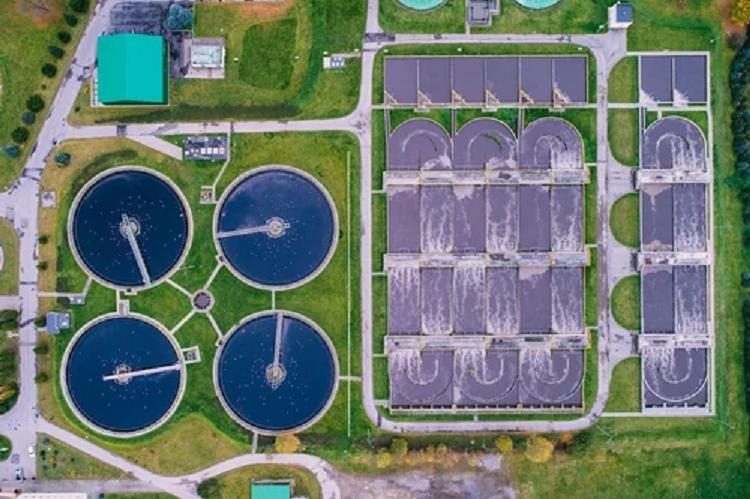Modern Sewage Treatment Plant: Process & Benefits

A Modern sewage treatment plant is a wastewater treatment facility that treats wastewater and human feces using a methodical process. They work by reducing the biological oxygen consumption, removing any sludge, and preventing infections from being released into the environment.
To reduce water contamination, wastewater and sewage can be handled and treated at the STP. It also contributes to the production of methane and fertiliser. Let us first define modern sewage treatment systems.
Working of Modern Sewage Treatment Plant
Sewage treatment plants can work in a variety of ways. A new set of procedures is being developed to turn standard STP into contemporary STP, including:
In activated sludge facilities, the biological oxidation process is carried out in tanks containing aerated liquid containing microorganisms.
Solids are removed from liquids using suction or gravity in trickling filter plants, forcing the solids to settle on filters or screens.
MBRs use bacteria to break down organic compounds in an aerated liquid phase, while solids are removed by microfiltration or ultrafiltration membranes.
What is the aim of modern sewage treatment plants?
The fundamental goal of a sewage treatment plant is to treat wastewater and make it safe for usage around humans and the environment. To treat wastewater, physical processes such as solid-liquid separation or biological procedures such as aerobic digestion can be used.
A sewage treatment facility must meet several requirements, including the capacity to withstand environmental variables such as weather and seismic zones. It must also be capable of handling wastewater, using less energy, and producing less waste.
Modern sewage treatment plants’ treatment steps
- The water is initially pumped into large tanks, where suspended solids are permitted to settle to the bottom.
- The water is then pumped into the ponds, where it is mixed with microorganisms that break down and absorb waste. The water is aerated and stirred to speed up the microbial digestion process.
- The leftover particles and clumps of bacteria fall to the bottom of another series of settling tanks, where they combine to produce sludge, and the water is then pumped there.
- A slow-moving bar removes any floating garbage from the surface.
- The sludge from these settling tanks can be disposed of at a landfill or burned. To determine the clarity of the water, a simple black and white metal circle known as a Secchi disc is employed.
- The disc is lowered into the water until it is no longer visible. This disc vanishes at 61 centimetre deep.
- The water must be purified once more. Water is piped into a tank at this facility, which holds a bed of charcoal and sand filters.
- The filter eliminates the remaining suspended particulates while absorbing more dissolved chemicals, such as phosphates and heavy metal ions. To kill bacteria, chlorine or other chemicals are used.
- After that, the water could be treated to lower its acidity. The water is now nearly pure, with no suspended or dissolved trash.
- These sophisticated sewage treatment plants routinely discharge reclaimed water into rivers and streams. It also slowly seeps into the groundwater and becomes available for additional safe use.